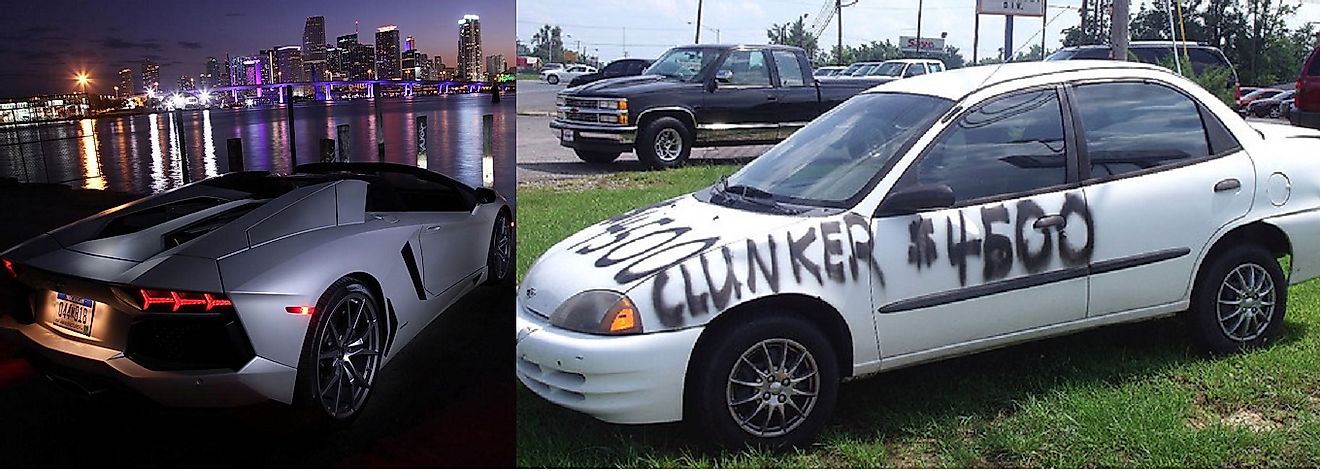What Are Inferior Goods And Normal Goods?

An inferior good is a good that decreases in demand when the income of the consumer increases. The term inferiority in this context refers to the price of the commodity and not necessarily the quality. For example, the price of second-hand clothes is lower than that of new clothes. When the income of the consumers increases, they will opt for new clothes, and hence the demand for the second-hand clothes decreases. The inter-city bus services in the US are another example. It is cheaper to use the bus services than to use air but it is also time-consuming. When the income increases, people will use transport since their disposable income is enough to allow such expenditure. On the other hand, normal goods refer to goods that their demand increases with the increase in the income of consumers. There is a particular class of inferior products which contravenes this law and is known as Giffen goods. For example, in Palestine, the price of potatoes is high due to low supply, but in Ireland, potatoes is considered a commodity for the poor and most people will try to avoid it. The poor people were unable to buy the more luxurious products like meat and eggs and instead increased their consumption of vegetables.
The Role of Inferior and Normal Goods in Economics
Inferior goods are in highest demand among people living on low incomes. The knowledge in these classes of products has led to different classes of business. For example, in Africa, the second-hand business is a booming business which targets the low-income earners. On the other hand, chain stores like the Urban Outfitters have also sprung. Most governments will tax traders dealing with inferior goods more leniently as compared to those selling normal goods. The burden of cost is thus reduced on low-income earners.
Relevant Applications
Governments and researchers may use the demand and supply of inferior and normal goods to gauge the standards of living in a given country. An increase in the demand for inferior goods and at the same time a general decrease in the demand for normal goods signals bad economic times in given economy.
Evolution Over Time
In the past, inferior goods were generally regarded as being of poor quality. This would even include spoiled products such as broken eggs and shoes with manufacturing defects. However, over time, most consumers have become cost conscious, and companies have come up to manufacture inferior goods as their primary products. Some countries like China are known for their production of such products, especially in electronics. On the other hand, countries like German and Japan are well known to produce normal and superior products, especially in the motor industry. A consumer will therefore easily be able to know where to purchase according to his purchasing power.
Praises and Criticisms of the Concept
Economists have praised the classification of products as inferior or normal, arguing that it helps poorer consumers to enjoy utilities as would wealthier persons. For example, a low-income earner may buy for his kid a bicycle instead of a motorbike. The kid will have almost the same satisfaction from the bicycle as that kid who was bought a motorbike. Another example is that of a person who travels using a bus, and another one using a plane. Both will reach their destinations, but the person using the bus will do so at a lower cost. However, critics have argued that there are so many factors that determine the demand for the commodity and not only the income of consumers and the value of the commodity. Factors like tastes and preferences, age, availability of substitutes and supplements, and also age have a significant influence on the demand of any given commodity.











